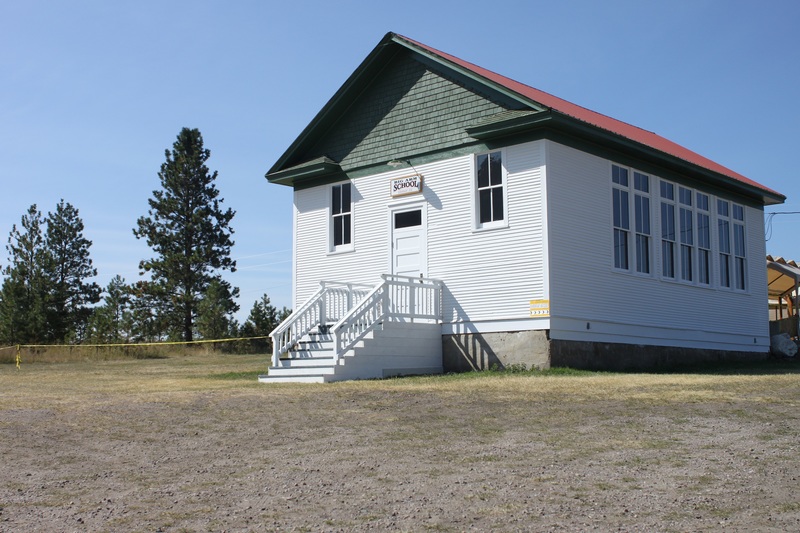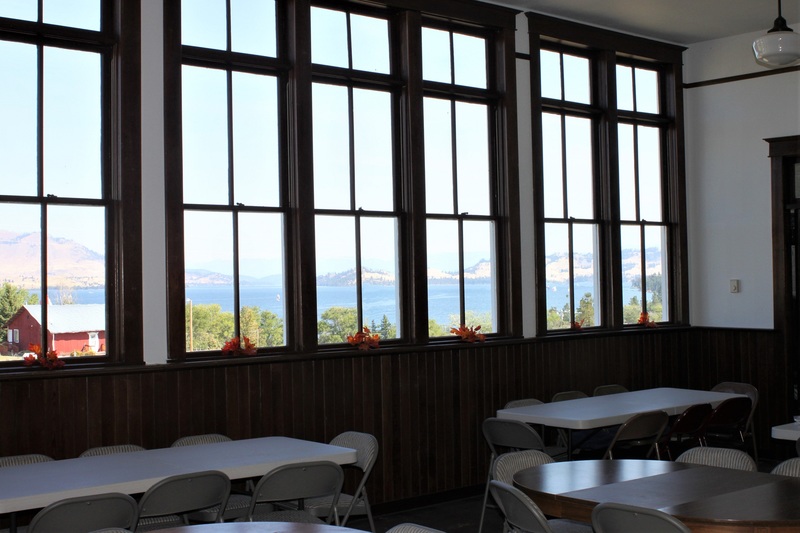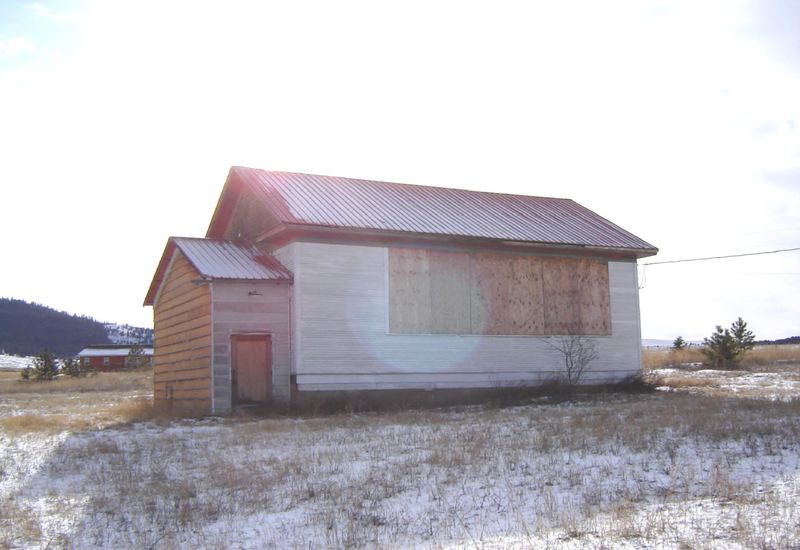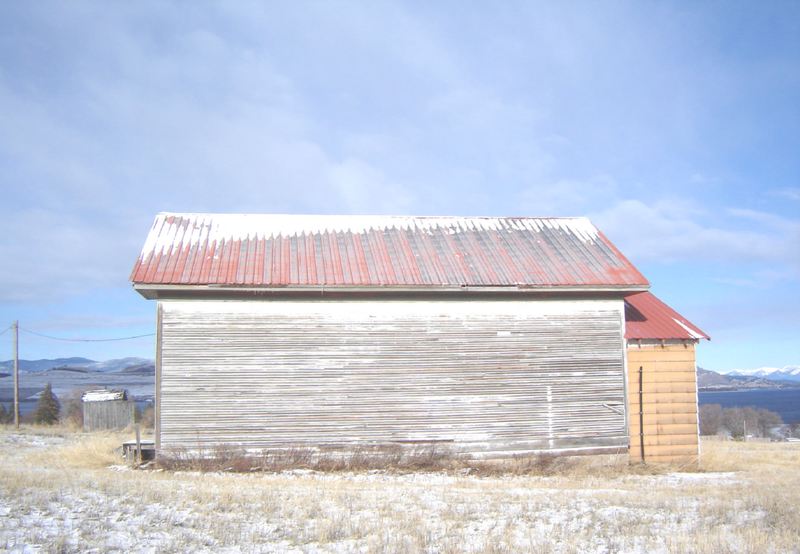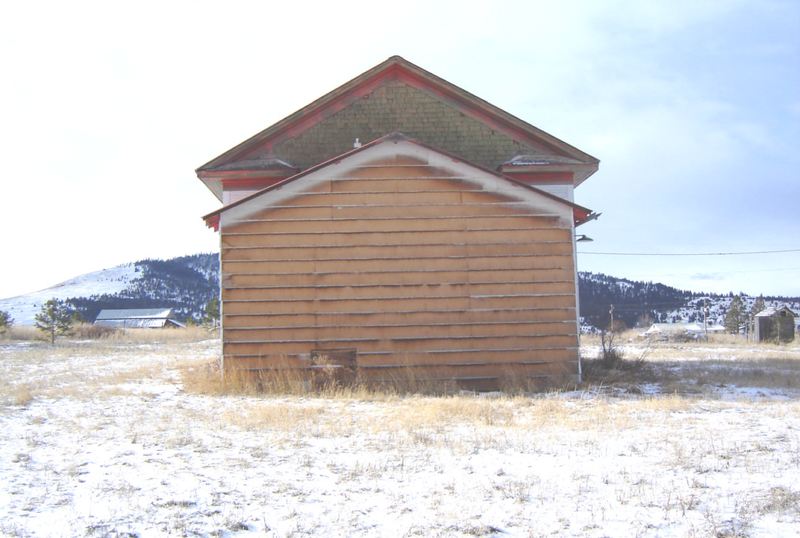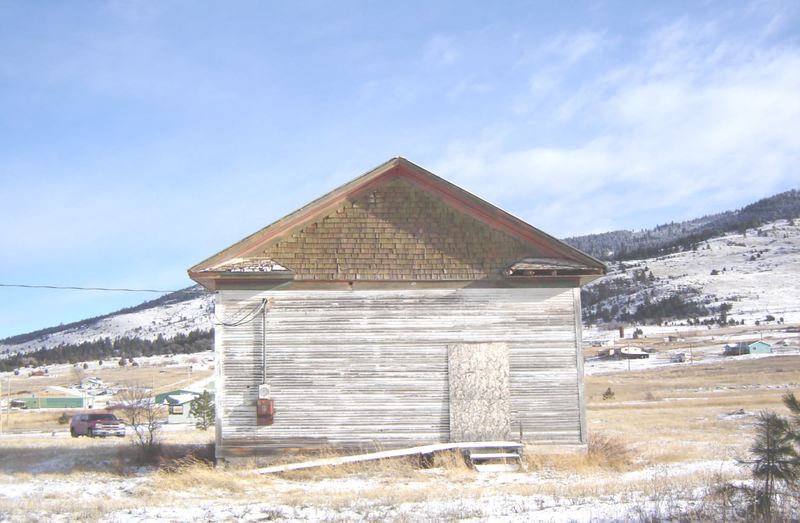Big Arm School

The 1887 Dawes Act gave Congress the power to survey Indian reservations, assign land (allotments) to individual Indians, and open the remaining land to homesteaders. Although tribal leaders, including Chief Charlo and Sam Resurrection, resisted allotment of the Flathead Reservation, the U.S. government opened the 1.2 million acre reservation to homesteading in 1910. Within a year, the Montana School Board established Big Arm School District #65. For a brief period, white and Indian children attended separate schools, but in the mid-1910s, the community built Big Arm School, which served all area students. The gable-roofed, clapboard-sided school followed best practices for small school design. Near the entry were two cloakrooms. Health professionals believed that “cross-lighting” harmed pupils’ eyes, so builders placed a single band of windows on the north wall to let in light. Two outhouses, a modest distance apart, served boys and girls respectively. At lunch, students would heat jars of soup brought from home on the wood stove before going out to play softball, red rover, or kick-the-can. Increased teachers’ salaries and better roads led to students being transported to Polson and to the school's closure in 1952. However, the building was always more than a school: it continued as a community dance hall, polling place, and club room long after the school district officially abandoned the building. In 2008, the school had been boarded up for almost a decade when the Big Arm Association started restoration work to preserve the building. In 2011, the school once again became the center of the Big Arm community.
Images

